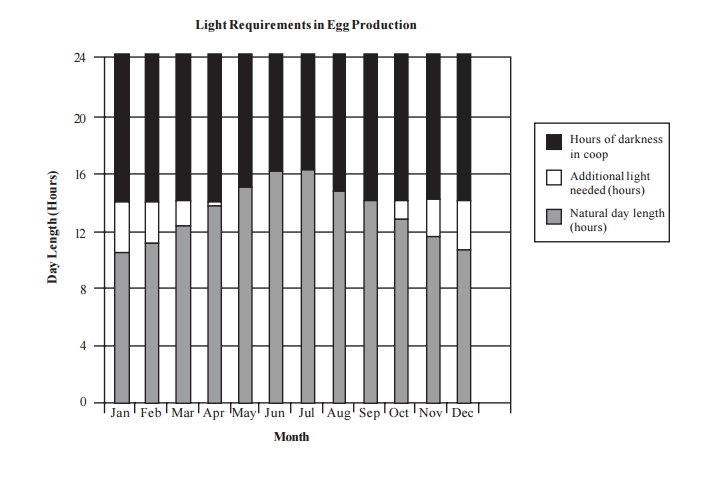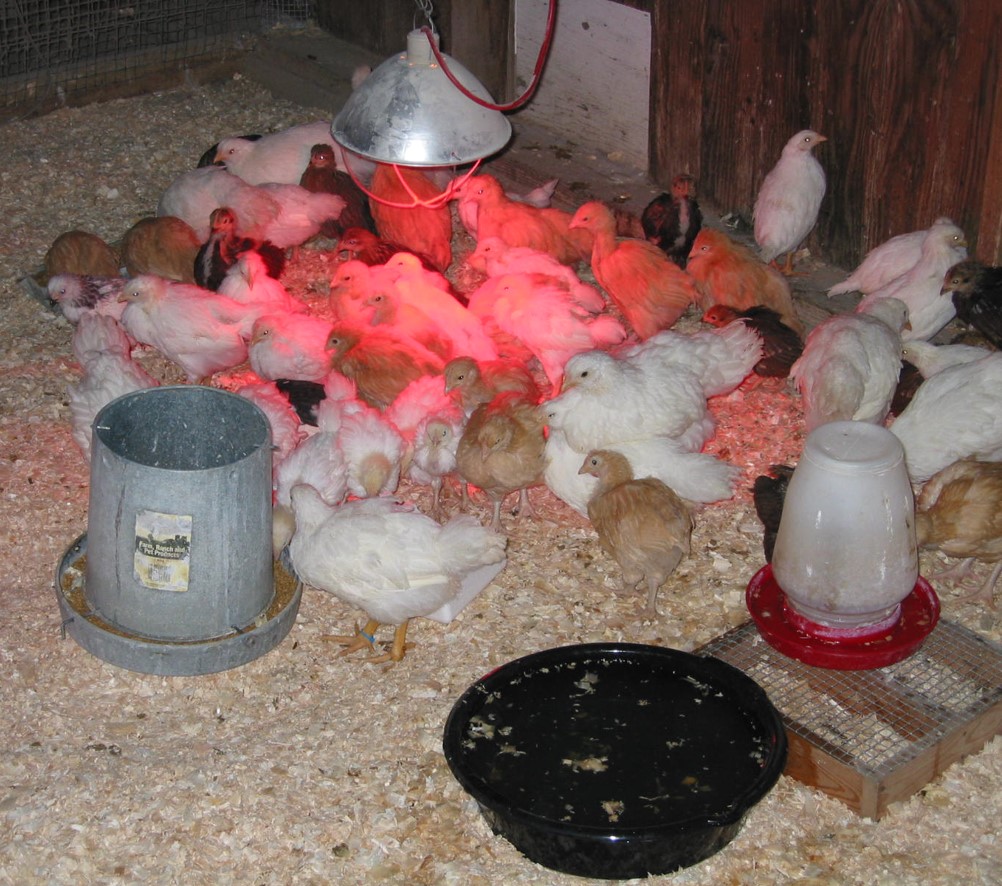With decreasing temperatures on the way, poultry farmers should implement proper management techniques to insure their animals’ health, safety, and productivity during the winter. Now is a good time to take into consideration the light, heat, ventilation, food and water requirements of your flock and make adjustments as needed to optimize production through the winter.
Light
Commercial farmers can substitute sun light with artificial lighting during the winter months to increase egg production. Utilize the natural and supplemental light before sunrise and after sunset, so that the flock is exposed to 14-16 hours of light. This can also help cut down on electricity costs. A typical 60-watt incandescent light bulb works fine for a small laying flock.

Housing
Keeping a clean, dry and draft free environment in the winter is very important. Checking for leaks or holes prior to the winter months will help prevent moisture from getting into your barn. Ventilation can also help prevent moisture build up, which can lead to rising levels of ammonia, mold, and respiratory issues. It is critical for pullets to have access to heat to survive. Heat lamps can also be beneficial to older birds, to help maintain egg production during the winter. Insulation such as bedding, will help hold heat inside your poultry barn. Cleanliness is an important component to poultry disease prevention.

Feed and Water Requirements
Birds need access to clean water at all times. It is important to check water sources, to make sure they are not frozen. Chickens require a well-balanced diet including energy, protein, and calcium year round. During winter months, adding high energy feed (especially in the evenings) can help manage the increased caloric intake requirements to stay warm.
For more information on chicken management, please see the following publications:
Raising Chickens for Egg Production
Preparing Your Chickens for Winter
Small-Flock-Production in Winter Weather
Poultry Basics
Escambia County Small Farms Egg-Poultry-Production
 0
0
